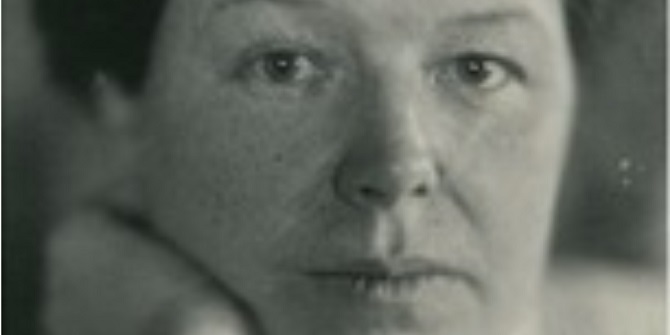By July 1895 LSE had an address, 9 John Street, a Director, William Hewins and an opening date, October 1895. LSE Archivist Sue Donnelly shares the story of LSE’s first prospectus.
It was time to recruit some students and launch the new School’s prospectus. In eleven pages it outlined the reasons behind the new institutions, its aims, curriculum, teachers, teaching arrangements and fees.

Aims
The first few paragraphs of the prospectus explained the need for “systematic training in economic and political science, and the promotion of original investigation and research”. It implied that Britain is lagging behind other countries including France and the USA in this respect, and the School will “remedy this deficiency”. As a new institution LSE was keen to prove its credentials, so noted that it had the support of leading economists and students of political science alongside the Society of Arts and the London Chamber of Commerce.
While LSE opened to encourage the study of economic and the social sciences, the School would provide training in research methods and provide support for students wanting to undertake research:
The special aim of the School will be, from the first, the study and investigation of the concrete facts of industrial life and the actual working of economic and political relations as they exist or have existed, in the United Kingdom and in foreign countries.
Curriculum
The work of LSE was divided into six areas. Firstly, public lectures and classes across nine subjects which were supported by special classes organised as a three year course of study including a research course. LSE would promote research through scholarships and other methods and also support research publications by staff and students. The School would develop a library for the use of students which would include books, reports and original documents and an “information department” to support British and overseas students wishing to undertake research.
The nine subjects outlined in the prospectus were: Economics, Statistics, Commerce, Commercial Geography, Commercial History, Commercial and Industrial Law, Currency and Banking, Taxation and Finance and Political Science.
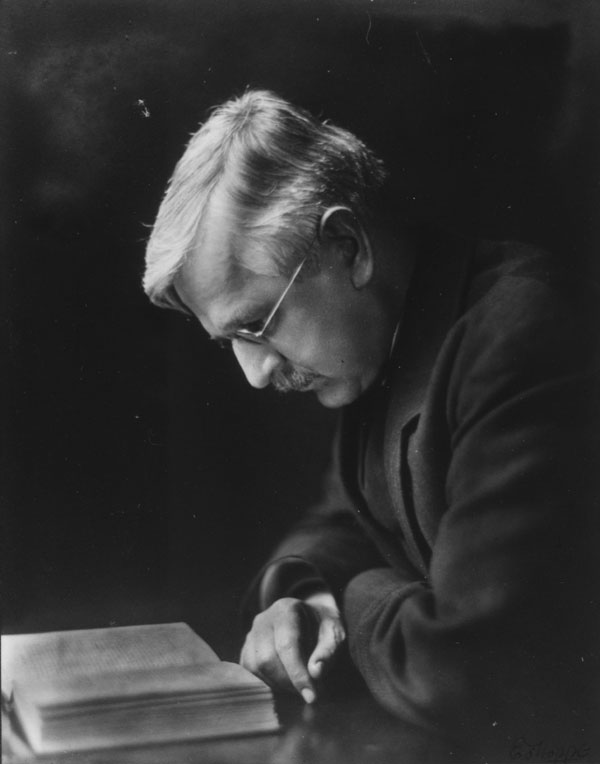
The public lectures include twenty lectures by Hewins on The State in Relation to Industry and Commerce and a further twenty lectures on The History of English Commerce. The economist Herbert Foxwell, Newmarch Professor of Political Economy at UCL, would lecture on The History and Principles of Banking in England while Graham Wallas gave twenty lectures on The English Constitution since 1832.
Students were not being prepared for an examination, or any kind of degree course, but the prospectus suggests that the courses and lectures will be useful to those intending to take public examinations such as the Civil Service Exams, Council of Legal Education, Institute of Bankers, Institute of Actuaries and London Chamber of Commerce.
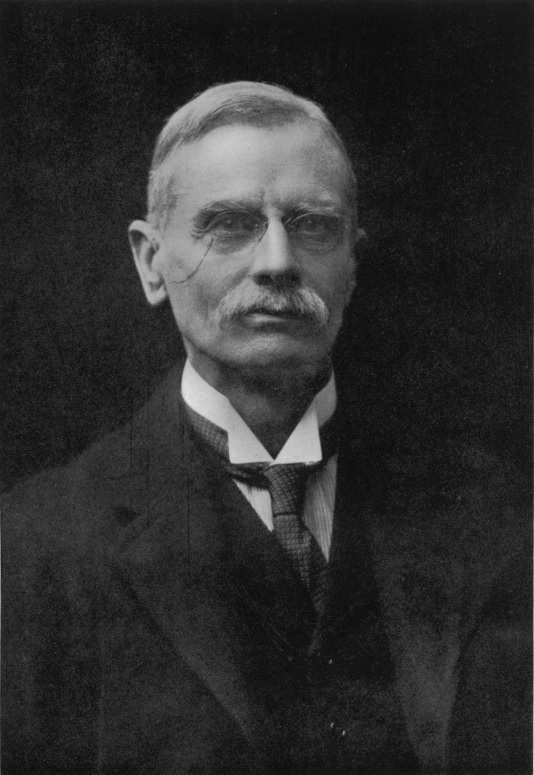
Teachers
The lecturers were a mix of well-established figures and rising stars:
William Cunningham was already a lecturer at Trinity College, Cambridge, and Tooke Professor of Economic Science and Statistics at King’s College, London.
Arthur Bowley, the winner of the 1895 Silver Guy Medal from the Royal Statistical Society, was still teaching maths at a school in Leatherhead.
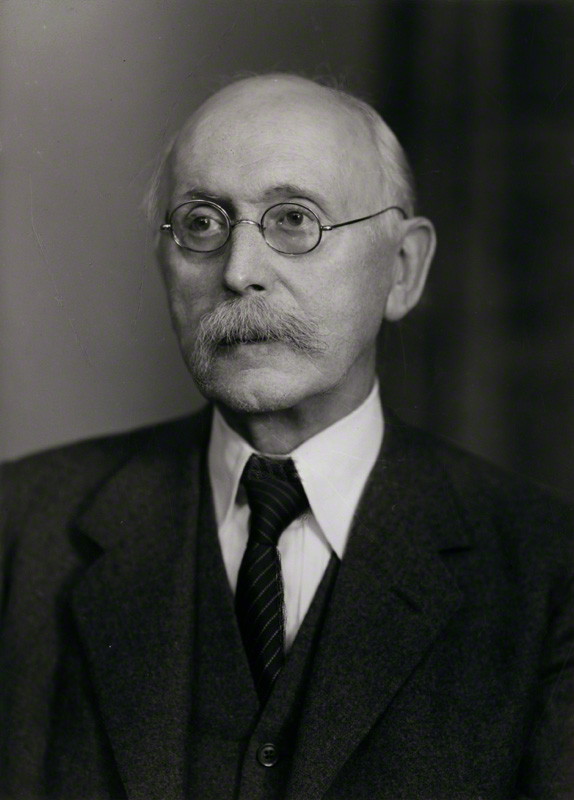
William Acworth was beginning to make his name as a railway economist.
Halford Mackinder was Reader in Geography in the University of Oxford and Principal of Reading Extension College – (he was to be LSE’s second Director).
Law came under the remit of J E C Munro who had taught at Owens College, Manchester and was an examiner to the Inns of Court. Sadly he died at the early age of 47 in 1896.
George Peel, the grandson of Sir Robert Peel, Prime Minister, lectured on foreign banking systems.
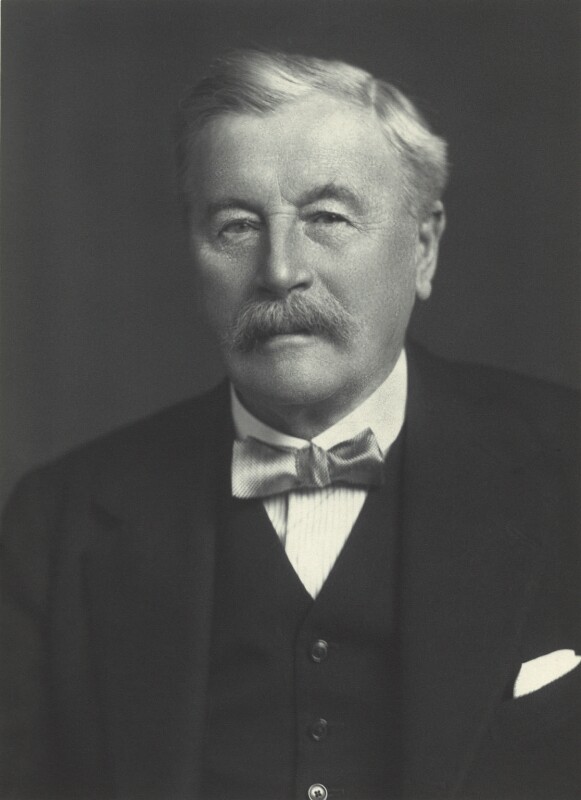
Edwin Cannan, who was to dominate economics at LSE until his retirement in 1926, lectured on the History of Rating.
A further six lectures on land rates were provided by Edgar Harper who was London County Council’s assistant valuer.
Graham Wallas, who had turned down the role of Director, took on political science and the English constitution.
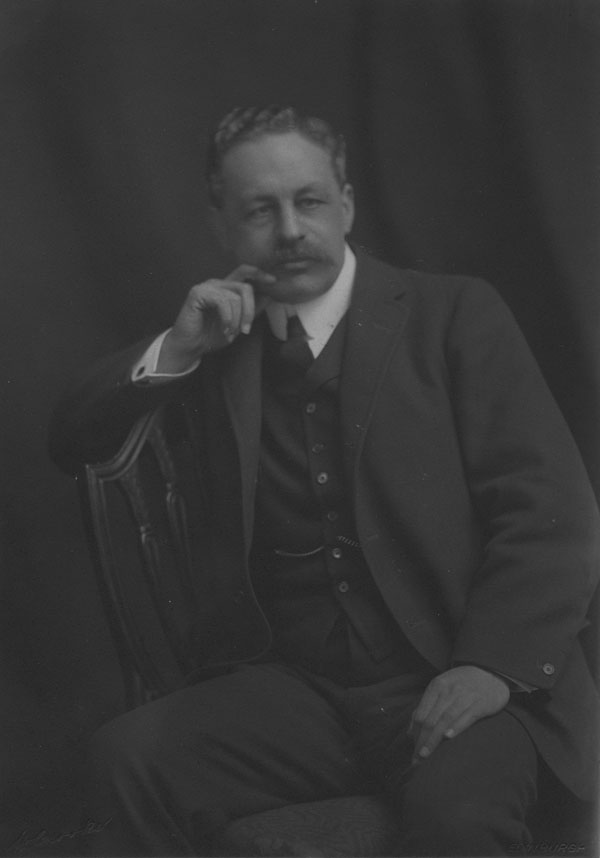
Teaching arrangements
The School was to have three terms: October to December and January to March each of ten weeks and April to July of twelve to fourteen weeks with a short break at Whitsun. There were no public lectures in the summer term. As many of the students were employed lectures were given between 6 and 9pm and classes were given during the day and repeated in the evening.
Fees
The cost for admittance to all or any of the lectures and classes and full membership of the School was £3 per annum. A single course of twenty lectures over two terms and accompanying classes cost 15 shillings. Shorter courses of lectures were charged at 5 shillings. The School would award scholarships to “students of ability” to enable them to attend the school and also to undertake research. There were also plans to publish the results of special investigations by students.
200 students registered at the School by October 1895 – it seemed that there was indeed an appetite for the London School of Economics and Political Science.
This post was published during LSE’s 120th anniversary celebrations





